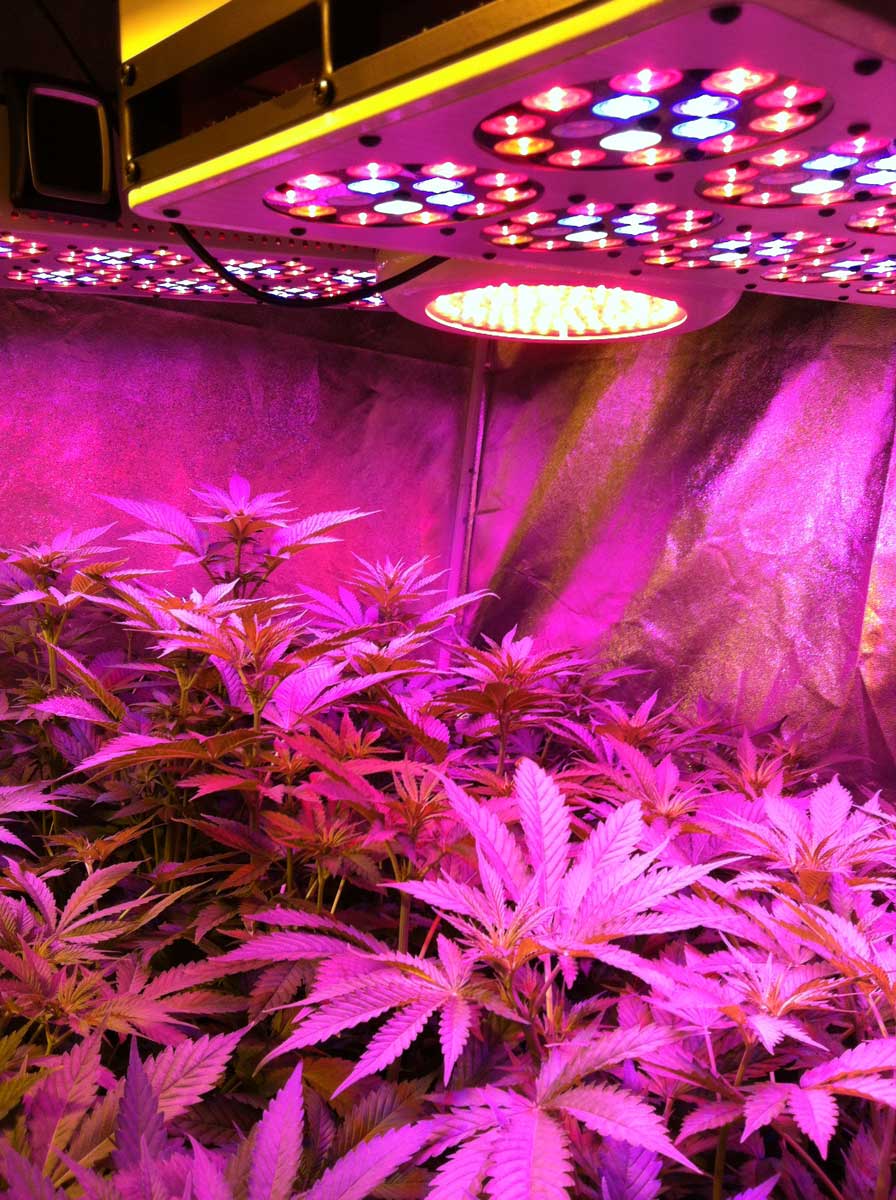The Ideal LED Grow Light Spectrum for Plants
by Admin
Posted on 06-02-2023 08:57 AM

Our leds and fluorescent bulbs both produce full-spectrum
grow light spectrum
.
 However, leds are better for plants, the environment, and your wallet. Leds are great for your plants. Ours are calibrated to meet the exacting needs of indoor plants, with a boost of blue light to stimulate stronger roots, enhance photosynthesis, and ensure peak growth. They also give off very little heat. Though they cost a bit more up front, leds are super-efficient. They use half the electricity and last 5x longer than fluorescent bulbs. They're earth-friendly. Mercury-free led tubes won't shatter like glass, so fewer end up in the landfill.
However, leds are better for plants, the environment, and your wallet. Leds are great for your plants. Ours are calibrated to meet the exacting needs of indoor plants, with a boost of blue light to stimulate stronger roots, enhance photosynthesis, and ensure peak growth. They also give off very little heat. Though they cost a bit more up front, leds are super-efficient. They use half the electricity and last 5x longer than fluorescent bulbs. They're earth-friendly. Mercury-free led tubes won't shatter like glass, so fewer end up in the landfill.
Whether you’re an experienced gardener or a novice learning how to grow your own plants, grow lights are fantastic resources for your home garden. They make it possible to cultivate a variety of plants indoors , regardless of the season or amount of sunlight. “light is among the most vital factors to consider when growing plants, because it is a vital component of photosynthesis,” says jamie chan and blas herrera , who write about all things horticultural for the blog fog city gardener. We researched the top-rated grow lights available online, and tested a few in our own homes.
Best grow lights for indoor plants best led grow lights best grow lights for seedlings best t5 grow lights best gifts for plant lovers best grow tents register now already have an account? login now full-spectrum light for plants (+grow light spectrum chart) nov 16, 2021 no comments plants need light to grow. But not all sunlight that reaches the earth’s surface is vital to plant growth. In fact, the light needed for healthy plant growth only makes up a small portion of the electromagnetic spectrum – which is visible light. In this post, we’ll explain exactly what visible light is and go for a deep dive into everything you need to know about full-spectrum light for plants.
The use of led grow lights in crop farming has recently seen substantial growth. However, choosing the right light spectrum for plants and knowing how they affect photosynthesis, can be challenging and oftentimes confusing. See all available cannabis grow lights by bios this article aims to help you understand the light spectrums needed for plant growth and how full spectrum led lighting is now widely used for crop production. We’ll address what broad-spectrum lighting is, how different grow light spectrums affect different stages of plant growth, and its effect on cannabis production.
What is Grow Light Spectrum?
If you grow indoors, you need grow lights. But they can’t just be any lights. They must be capable of providing the type of light your crops need to boost healthy development and yield incredible flower. Introducing our new range of led grow lights with full spectrum(resembles the sun).
 Each led grow light comprises of 100 leds – red, blue, white, ultra voilet and infra red to give optimal growing performance. Our 4000w led grow lights only comsume 75w of power keeping your energy usage at a low and saving money. Making them perfect for greehhouses and grow houses.
Each led grow light comprises of 100 leds – red, blue, white, ultra voilet and infra red to give optimal growing performance. Our 4000w led grow lights only comsume 75w of power keeping your energy usage at a low and saving money. Making them perfect for greehhouses and grow houses.
For plants to be stimulated to photosynthesis by artificial lighting, special lights are needed. The most important difference between an ordinary lamp and a plant lamp is the colour spectrum, i. E. The composition of the light. Natural daylight contains all wavelengths. Plants mainly need blue and red light. Grow lights have increased red and blue components, which is why they have a violet glow. As in other areas of artificial lighting, many plant lamps are now powered by led, which means that even with longer lighting times, your electricity costs stay low.